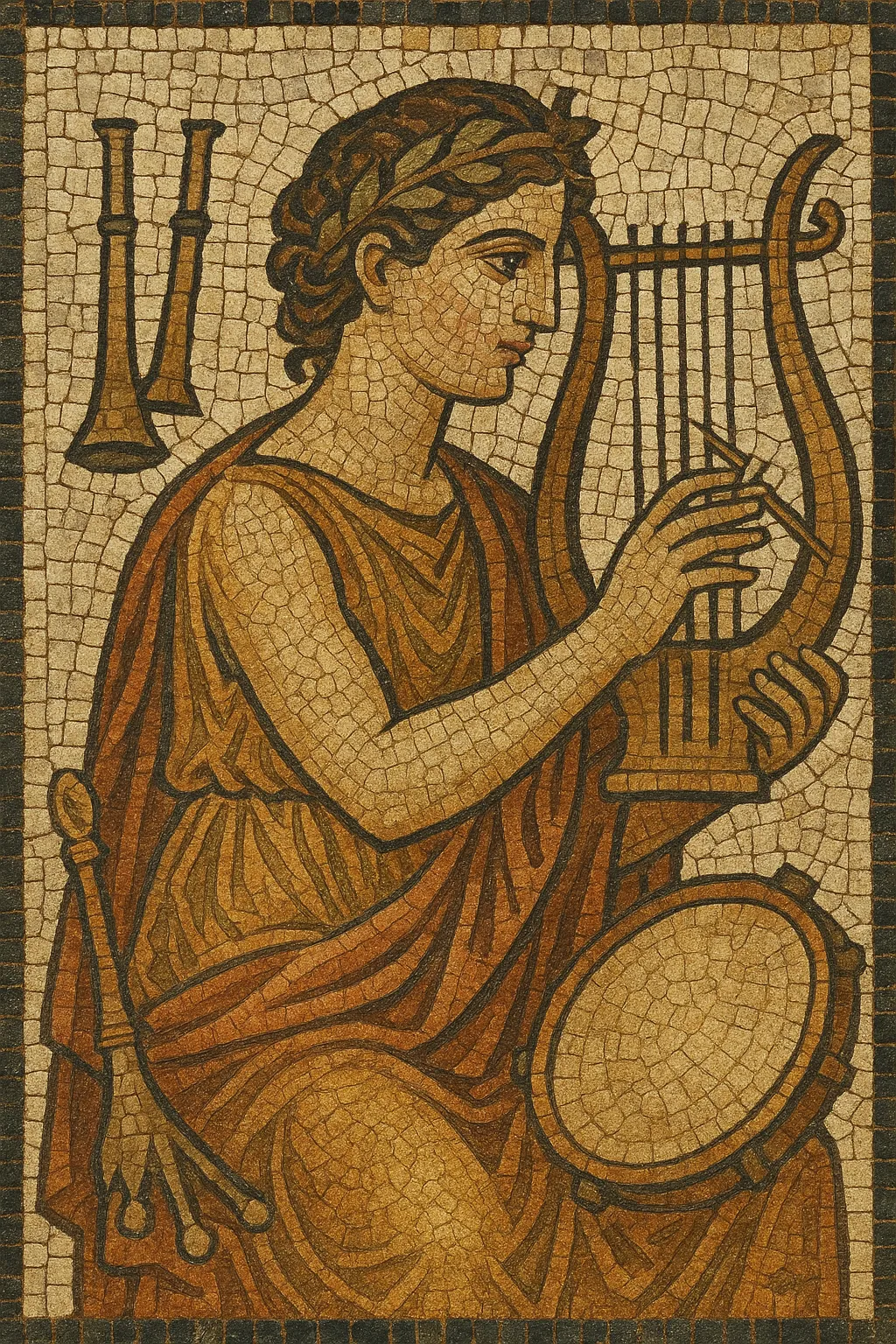Ancient music refers to the musical practices of the literate civilizations of antiquity (e.g., Mesopotamia, Egypt, Greece, Rome, the Levant, Persia, India, and China) before the medieval period. It is largely monophonic, text-driven, and modal, and survives today through a small corpus of notated fragments, theoretical treatises, iconography, and instrument remains.
Its sound world is characterized by modal pitch systems (e.g., ancient Greek harmoniai built from tetrachords), rhythm tied to poetic meter, and timbres from lyres, harps, auloi (double-reed pipes), flutes, rattles/sistra, frame drums, and early lutes. Because authentic performance practice must be reconstructed, modern revivals rely on scholarship in archaeology, philology, and organology as much as on musical craft.


